Getting to the Bottom of Foot Problems: A Photo Quiz
A wide range of disorders show up in the feet, and patients often turn to their primary care physician to find the diagnosis. This week's photo quiz offers several presentations to test your knowledge.
Question 1:
A blue second toe was noted on the foot of a 77-year-old woman being treated for complications of dementia who had had aortic problems and atrial fibrillation. Manual separation emphasizes dissemination of irregular purple discoloration onto the sole just proximal to the blue toe. Prominent warty keratosis is seen on the second toe and keratinous debris on the third toe and in a “trench” just before the smaller toes separate.
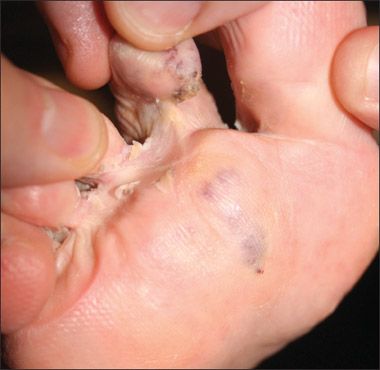
For the discussion, click here.
Click here for the next question.
For the answers, click here.
Question 2:
A “rocker bottom foot” deformity is shown. A noninfected neuropathic ulcer on the bottom of the midfoot resulted from increased pressure from ambulation. Increased hyperkeratotic skin around the ulcer was caused by walking.
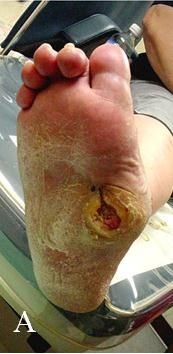
For the discussion, click here.
Click here for the next question.
For the answers, click here.
Question 3:
A 49-year-old man complained about mild itching and scaling on the foot, particularly at the base of the toes. His nails were intact.
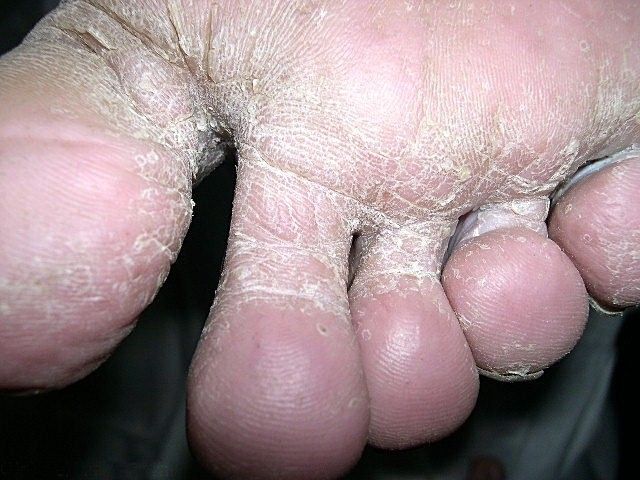
For the discussion, click here.
Click here for the next question.
For the answers, click here.
Question 4:
Dactylitis, or “sausage digit,” is seen in the toes of a child with juvenile idiopathic arthritis.
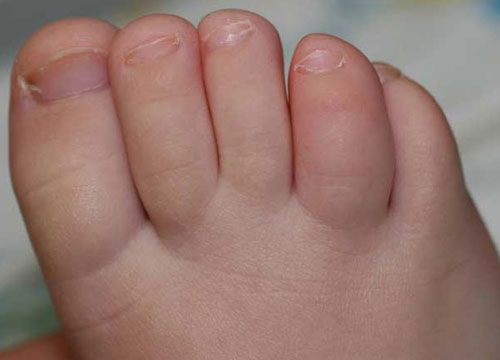
For the discussion, click here.
Click here for the next question.
For the answers, click here.
Question 5:
A 56-year-old woman sought medical attention because there was discoloration of both great toenails. They exhibited small areas of white dyschromia but lacked subungual hyperkeratosis or alterations in overall nail shape.
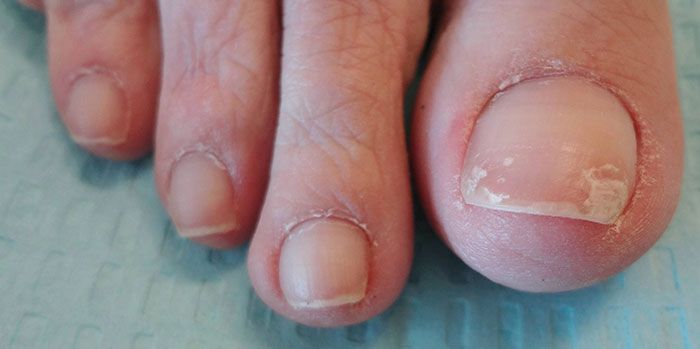
For the discussion, click here.
For the answers, click here.
ANSWER KEY:
Question 1. Answer: F
Question 2. Answer: C
Question 3. Answer: B
Question 4. Answer: A
Question 5. Answer: C